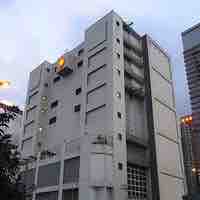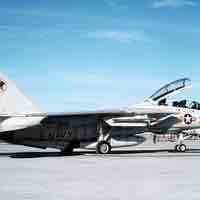Chapter 6
Controlling and Reporting of Real Assets: Property, Plant, Equipment, and Natural Resources
By Boundless
Long-lived assets are those that provide a company with a future economic benefit beyond the current year or operating period.

The two major asset classes are tangible assets (e.g., buildings and equipment) and intangible assets (e.g. copy rights).

All money that is spent to get the asset up and running is capitalized as part as the cost of the asset.

Land is recognized at its historical cost or purchase price, and can include any other related initial costs spent to put the land into use.

The cost of a building is its original purchase price or historical cost and includes any other related initial costs.

The cost of equipment is the item's purchase price, or historical cost, plus other initial costs related to acquisition and asset use.

The cost of an asset improvement is capitalized and added to the asset's historical cost on the balance sheet.
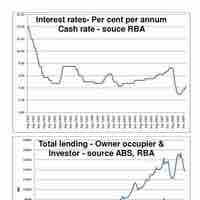
The amount of interest cost incurred and/or paid during an asset's construction phase is part of an asset's cost on the balance sheet.
Assets are valued using absolute value, relative value, or option pricing models, which require different inputs.

There are additional factors to consider when valuing a business including competition, management stability, etc.
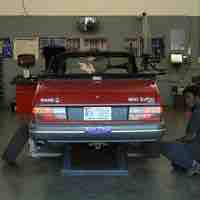
Improvements to existing plant assets are capital expenditures because they increase the quality of services obtained from the asset.

Depreciation is defined as the expensing of the cost of an asset involved in producing revenues throughout its useful life.
There are four main factors that affect the calculation of depreciation expense: asset cost, salvage value, useful life, and obsolescence.

There are various methods that can calculate depreciation expense for the period; the method used should reflect the asset's business use.

The choice of depreciation method can impact revenues on the income statement and assets on the balance sheet.

An impairment loss is recognized and accrued through a journal entry to record and reevaluate the asset's value.

Business assets that have suffered a loss in value are given two tests to measure and recognize the amount of the loss.

Fixed asset values can be revised to reflect an increase or decrease in value; upward revisions can recover earlier impairment losses.
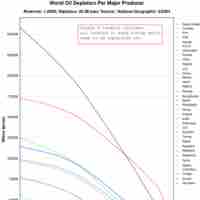
The depletion base is the total cost of a natural resource and includes acquisition, exploration, development, and restoration costs.
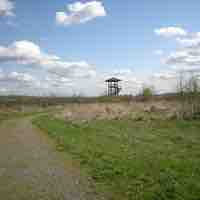
The term write-off describes removing an asset whose value is zero and is no longer in use from the balance sheet.
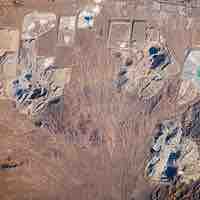
Recoverable reserves are the amount of a natural resource present and their value is used to compute the resource's depletion expense.
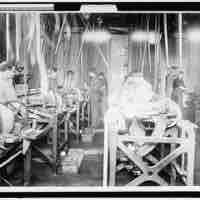
A business must report an asset's acquisition cost, how it is depreciated, any subsequent expenditures tied to it, and how it is disposed.
The Return on Total Assets ratio measures how effectively a company uses its assets to generate its net income.
The asset turnover ratio is a measure of how well a business is using all of its assets to generate sales.
